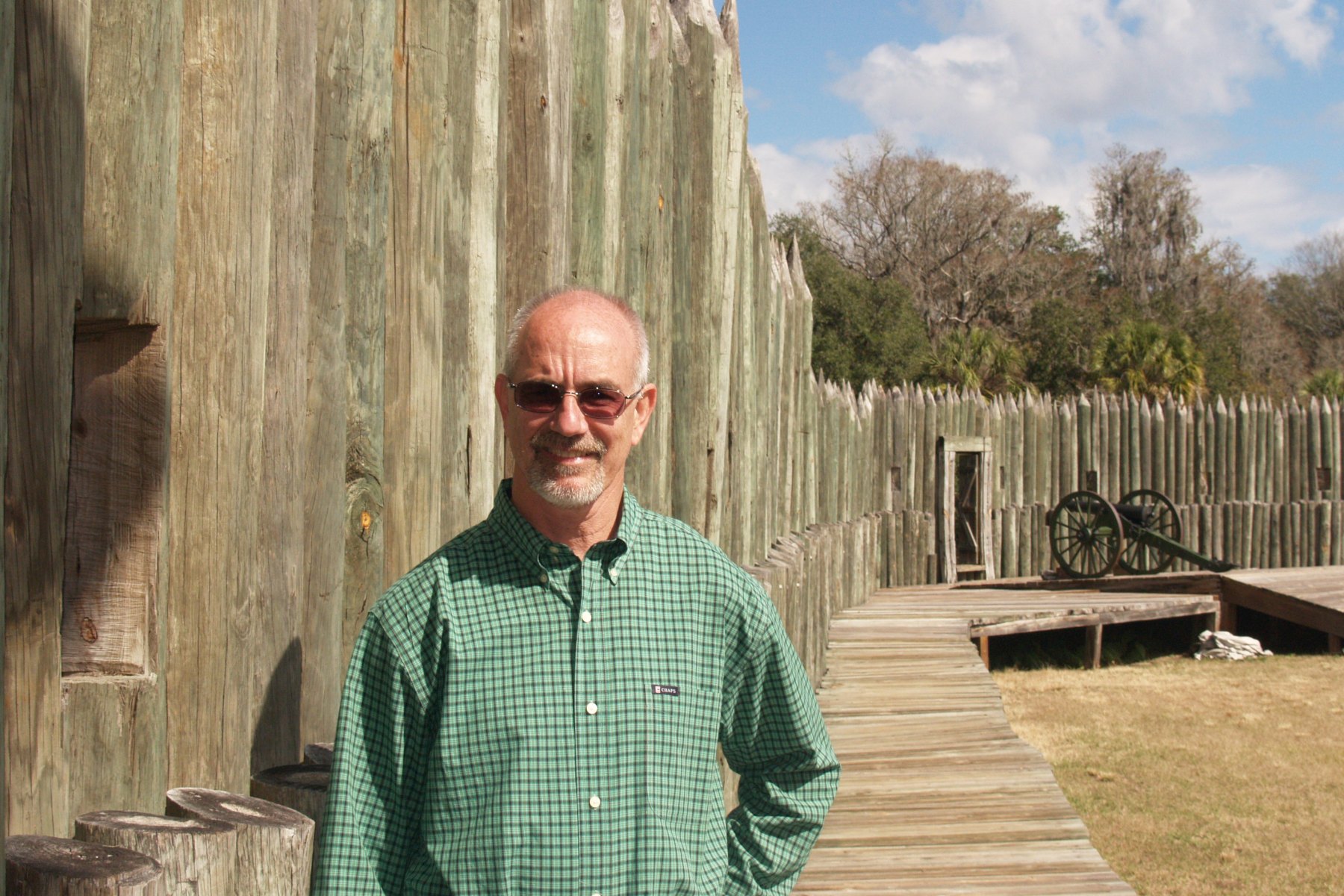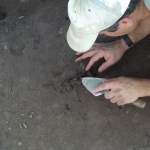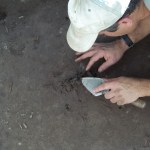Jim Bloemker has been called the Indiana Jones of Williams.
No, Jim isn’t an action hero. He is a Williams’ staff archeologist, responsible for coordinating cultural resource surveys in advance of new pipeline construction.
Like true detectives, Jim and his team meticulously collect evidence of past human activity – historic or prehistoric relics such as pottery, bone fragments, rock engravings or arrowheads – all pieces of a puzzle which must be reassembled before a pipeline can be built.
“Just like engineering or environmental field work, cultural resource surveys are vital in planning a pipeline project,” says Roberta Zwier, manager of Environmental Permitting. “It can have a huge influence on a pipeline’s path.”
Under federal regulations, pipeline companies must consider potential impacts to cultural resources, like archeological sites, as part of the federal permitting process.
A 24-year Williams veteran, Jim’s role is nearly as rare as some of his archeological finds. He says he knows of only a half dozen or so counterparts at other energy companies.
“I can’t envision Indiana Jones doing pipeline archaeology,” Jim says. “Pipeline archaeology falls under the realm of compliance archaeology and accounts for 90 percent of the archaeology done in this country.”
With the increasing number of projects built to take gas out of the Marcellus Shale and other unconventional gas plays, comprehensive cultural resource surveys in advance of new greenfield pipeline construction have never been more critical.
Jim has traveled all over the country doing field work for Williams pipeline projects, from New York to Florida to as far west as California. His teams begin by researching the area then follow with field examinations and excavation work. The excavation work includes digging small holes and passing the soil through wire mesh sifting screens, tediously searching for artifacts.
“I got into this profession because I love history,” he says. “I remember my parents taking me around the country to visit museums when I was a kid. Archeology is a great way to make history come alive.”



